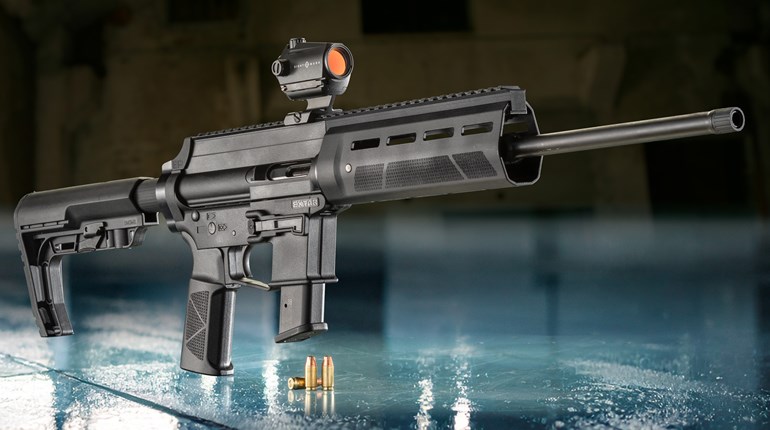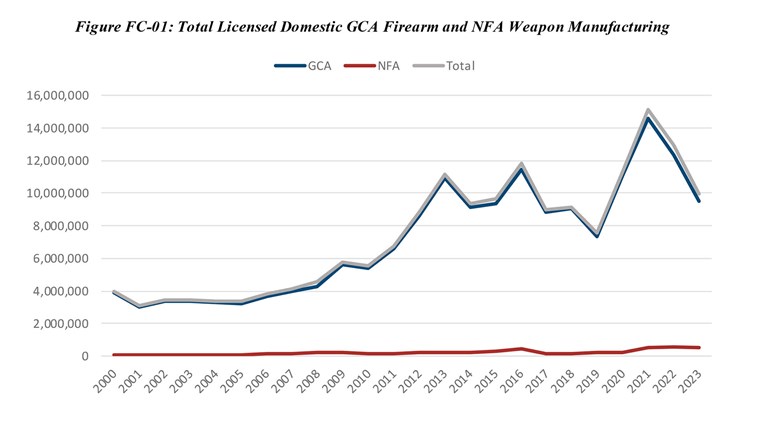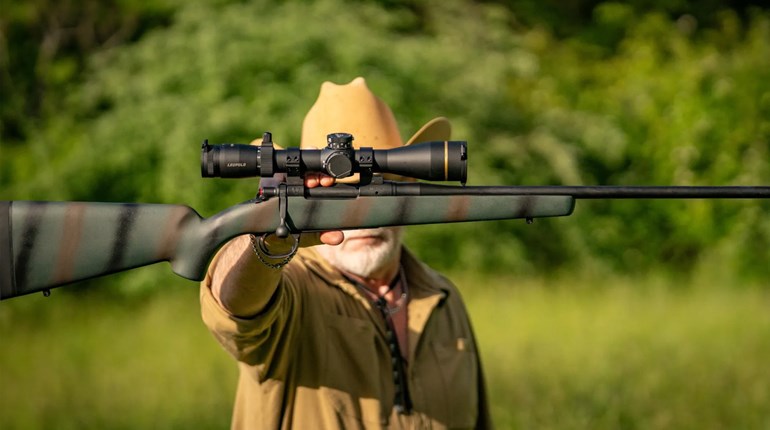
As consumers, we usually consider having multiple product options to be a good thing. The greater the number of choices, the better our chances are for finding the best fit for our needs. The icing on the cake is that prices typically drop when competition for our dollars heats up. That’s all fine and dandy—until there are so many choices we’re overwhelmed to the point of being indecisive. While not likely to be a problem for most readers here, navigating the current jungle of Modern Sporting Rifle (MSR) choices can be challenging for first-time buyers.
Fortunately, other MSR enthusiasts are usually happy to assist, even if our well-intentioned advice isn’t always helpful. It’s not uncommon for a seasoned semi-auto user to recommend the caliber, brand and configuration that works for them, but that approach doesn’t always lead to the right path. I once made this mistake by advising a friend based on what I felt was the ideal AR setup, without first determining how very different our needs were. Fortunately, we both realized my “Easy-button” recommendation had missed the mark (by a wide margin) before he spent any money.
It turns out that a quick round of Q&A can help you guide someone who’s hindered by too many choices (imagine that). I don’t go deep into the technical aspects of MSRs with my initial questions, because my first goal is to simply get the search pointed in the right direction. From there, we can sift the must-haves from the nice-to-haves and begin narrowing down the field. The conversation typically begins with short discussions of the following parameters:
Primary use: Because most MSRs are multi-purpose tools, ranking the planned uses from most to least important can act as a rudder to an otherwise directionless search. There’s a lot of distance between a truck gun and a long-range competition rifle, and while each may be able to do some of the other’s work in a pinch, they’re best used for their primary purposes. That’s why identifying the rifle’s main job is at the top of my list.
Maximum and likely distances: Knowing how far the user intends to push the rifle, as well as the main distances at which it will normally be used, will make it easier to identify suitable models and calibers early in the process.
… Navigating the current jungle of Modern Sporting Rifle (MSR) choices can be challenging for first-time buyers.
Accuracy Desired: Understanding the shooter’s accuracy goals helps us recommend an MSR that’s up to the task. While minute-of-angle (MOA) is commonly used to express accuracy, I take a different tact with new rifle shooters. Referencing inches at a specific distance works well, as does framing accuracy within the context of the rifle’s primary intended use. Bipedal threat central nervous systems, a coyote’s eyeball, a steel gong mounted 500 yards away and plain ‘ole soda cans are just a few examples.
Caliber preference: Most people looking to get into the MSR game will have an idea of how they want their new rifle chambered. Finding a solution in their preferred caliber is a win, so long as it doesn’t conflict with the first three parameters. When it does, they’ll have to compromise on something or accept a more suitable cartridge.
Size or weight limitations: If the rifle needs to fit into a small storage space, or if it will be used in very tight confines, I’ll focus on folding, take-down, adjustable-length or short-barrel rifle (SBR) options. If the planned use includes smaller-statured shooters, overall length and front-end weight will be considered. At the other end of the spectrum, I sometimes help target shooters whose only goal is to make tiny groups on paper targets with ridiculously heavy, bag-riding MSRs. That leads to a completely different rabbit hole.
Recoil concerns: If an intended user is recoil sensitive, the rifle’s caliber can be tailored accordingly. The search can also focus on models that reduce felt recoil through effective muzzle brakes, adjustable-gas systems, increased weight or configurable recoil-spring and buffer systems.
Modularity: This is probably better-suited to the nice-to-have attribute list, but I try to identify the importance of modularity whenever the prospective MSR buyer is not set on a particular rifle design. ARs are the reigning modularity kings, but a steadily increasing number of other semi-automatics, including some not-so-modern designs, can be had with user-customizable features and hefty aftermarket support.
Once those considerations have been fleshed out, we can start culling the herd of choices. Our experiences may then be used to help explain other factors, such as certain logistical considerations or the nuances of different operating systems, as we fine-tune our recommendations.
Ammo availability and cost: These factors are particularly important whenever less common calibers are considered. Quite often, once I explain the ups and downs of maintaining usable quantities of a unique chambering, the MSR shopper will choose one that’s easier to find and which doesn’t curtail shooting due to its high cost. There’s no use selecting a rifle in the “perfect” chambering if the ammunition can’t be found, or at least handloaded, in steady quantities.
Operating System: First time semi-auto rifle shoppers don’t always consider how different designs operate internally. Being able to help them parse the pros and cons of direct-impingement-, piston-, roller-delayed-, direct-blowback- and radial-delayed-blowback operating systems may prove helpful.
Layout: The majority of prospective MSR owners will probably choose a conventional rifle design, where the action and magazine are in front of the trigger. Still, it’s worth ensuring they understand there’s at least one other option. Bullpup designs, which place the action and magazine behind the trigger, allow for significantly shorter overall rifle lengths when comparing the two designs with equal barrel sizes. Bullpups also shift the horizontal center of gravity rearward, which can prove helpful for shooters who lack the arm strength to support a front-heavy rifle.
Finally, I’ll go back to something that’s been said many times before: When shopping for a first MSR—or for any other rifle type—it’s never a bad idea to begin with a basic, no-frills model. This is especially true today, when so many rifle designs lend themselves to easy upgrades and retrofits down the road.





































